Queensland budget: Annastacia Palaszczuk’s proteges bury past, try to buy their future
Queensland Labor has used its final third-term budget to go deeply into debt and deficit with an $11.2bn cost-of-living pitch to win back voters before the October election.
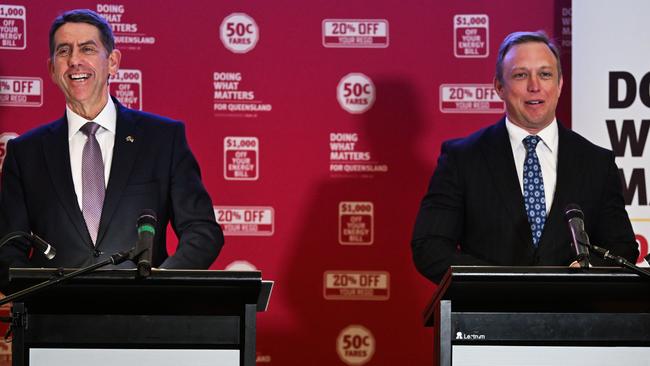
Cameron Dick claims his fifth budget as Queensland Treasurer is a product of “a new government with a new approach”, as he made a “deliberate choice” to plunge the state into debt and deficit to bankroll an $11.2bn cost-of-living package ahead of the state election in October.
Attempting to rebrand the unpopular third-term Labor government, Mr Dick urged voters not to judge the Miles government on Labor’s nine-year record in office, despite both he and Premier Steven Miles serving in key roles in Annastacia Palaszczuk’s cabinet since 2015.
Mr Dick said the government decided to drive the state’s finances into back-to-back budget deficits of $2.63bn and $515m for the next two years and increase debt to record levels to fund cost-of-living handouts.
“Delivering a deficit, spending more than the government collects in revenue, is not, and should never be an easy choice,” he said.
“But in a contest between the balance sheet and doing what matters to Queenslanders, the Miles Labor government will always be on the side of Queenslanders.”
The budget’s centrepiece $11.2bn cost-of-living package – an increase of $3bn in concessions from last year – includes an already announced $1000 energy rebate, slashed public transport fares, a 20 per cent discount on car registration fees and an increase to the stamp duty concession threshold for first-home buyers. More than $3bn in cost-of-living relief will expire in the months after the October 26 election.
With the budget delivering a huge amount of temporary, upfront spending, economist Saul Eslake said it was framed around getting the government re-elected and the only consolation for mounting debt was that “you’d rather be in Queensland than Victoria”.
“Depending on how you read the opinion polls, it’s really about either staving off defeat, or at least ensuring the defeat is as little as possible and they have a chance of coming back in four years’ time after this election,” Mr Eslake said.
Former commonwealth Treasury economist and director of Adept Economics Gene Tunny agreed: “It is a very political budget, in a way all budgets are, but this one more because it is an election year.”
The Labor government will continue to amass debt over the next four years, with the state forecast to owe a total of $171.99bn by mid-2028. Even on the government’s preferred measure of net debt – which excludes debt carried by government-owned corporations – borrowings will skyrocket from $2.62bn in mid-2023 to $59.83bn by June 2028. The debt-to-revenue ratio of 69.6 per cent for 2023-24 – a key measure for rating agencies – will surge to 116.8 per cent by June 2028. It compares with 20 per cent debt-to-revenue in 2007-08 and a peak of 91 per cent under the one-term LNP Newman government.
Mr Dick blamed the unexpected surge in migration since the Covid-19 pandemic for the mammoth uptick in borrowings, saying population growth in the past three years had exceeded budget forecasts by 135,500 people.
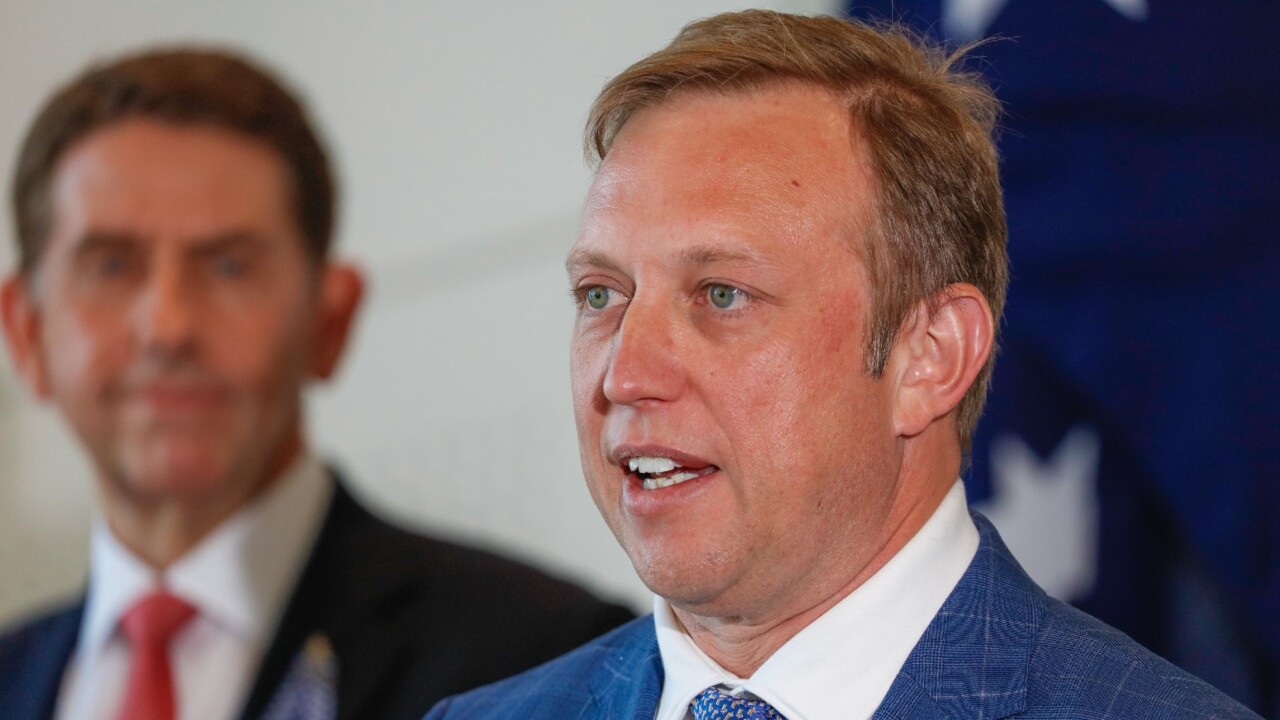
“That is a city the size of Mackay that no-one saw coming that we simply could not factor into our planning for growth and that we did not budget for,” he said. “We now have to close that gap, we have to accelerate our infrastructure spend and we have to significantly increase our investment in frontline services faster than we would.”
Economic forecasts in the Queensland budget assume the Albanese government’s pledge to slash net overseas migration to 260,000 next financial year will return the state’s population growth to “normal levels” of about 1.5 per cent each year.
Criticising Liberal National Party leader David Crisafulli for failing to outline detailed policies or his promised debt-reduction plan, Mr Dick claimed the election – where polling indicates Labor is facing a likely defeat – would not be a “referendum on the last nine years”. “The election on the 26th of October is a fight about the future of Queensland,” he said. “It’s about two competing visions for our state.”
The surge in debt and the return to deficit come after state coffers were boosted by Labor’s controversial super-profit tax on coalminers. With a drop in global prices, coal royalty revenue of $10.54bn this year will more than halve to $4.81bn by 2025-26.
The growing interest bill on debt – $1.91bn this financial year, surging to a projected $4.76bn in 2027-28 – is a drain on a budget struggling to accommodate record spending on health and education. The budget includes a savings plan to claw back $3bn of spending in four years to return Queensland to a $887m surplus by 2026-27. Mr Dick said savings would be made by cutting down on travel, advertising and consultancy spending.
Inflation is expected to halve from 4 per cent this year to 2 per cent in 2024-25 while the unemployment rate is predicted to lift 0.25 percentage points in the next year to 4.5 per cent.


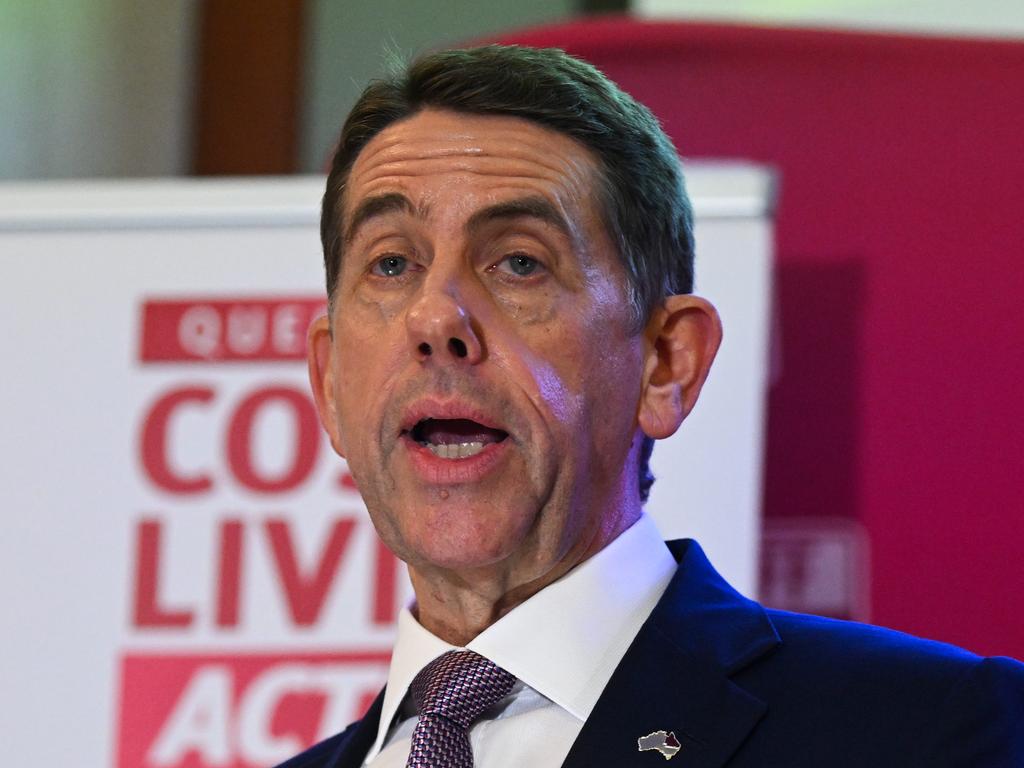
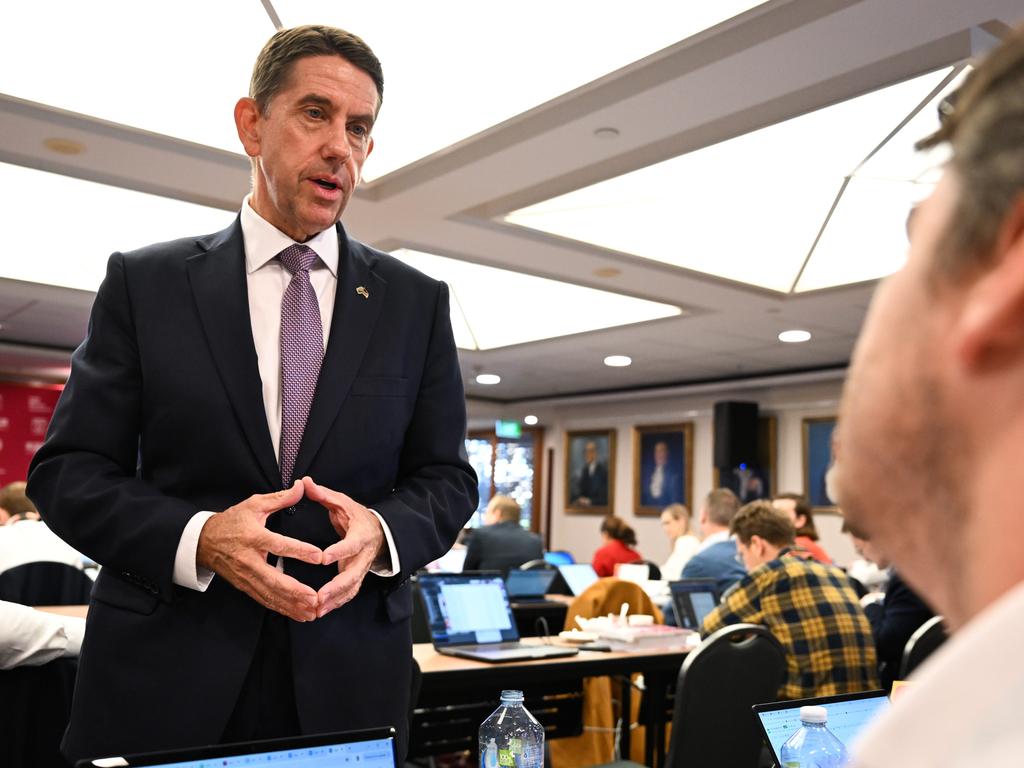
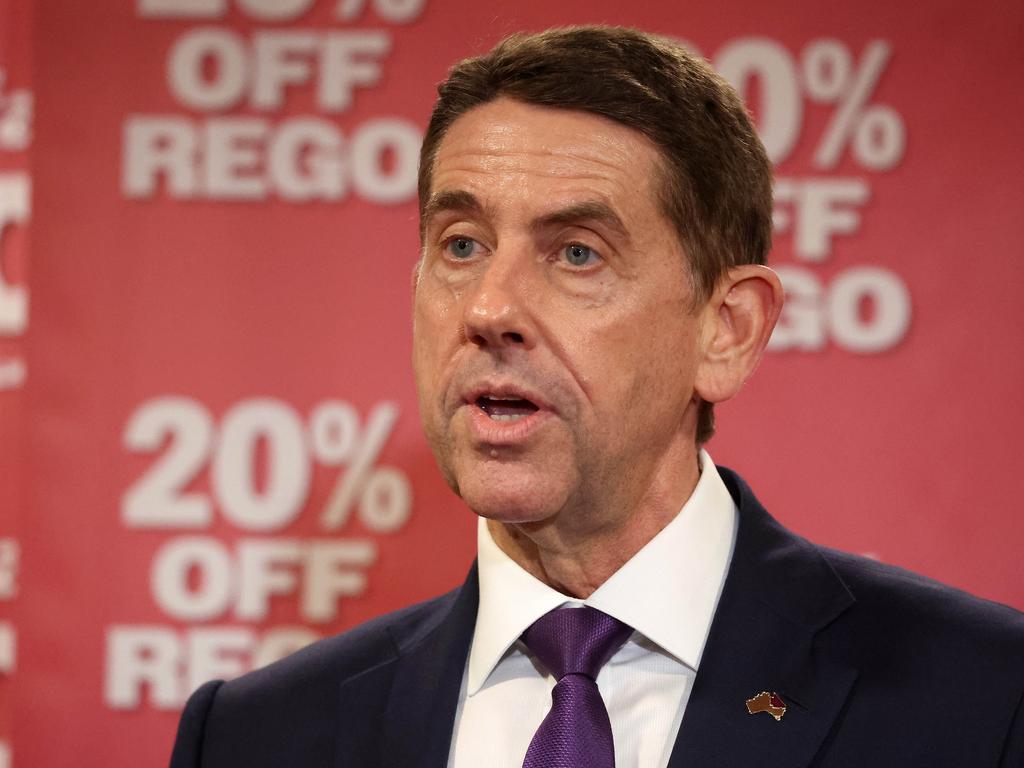
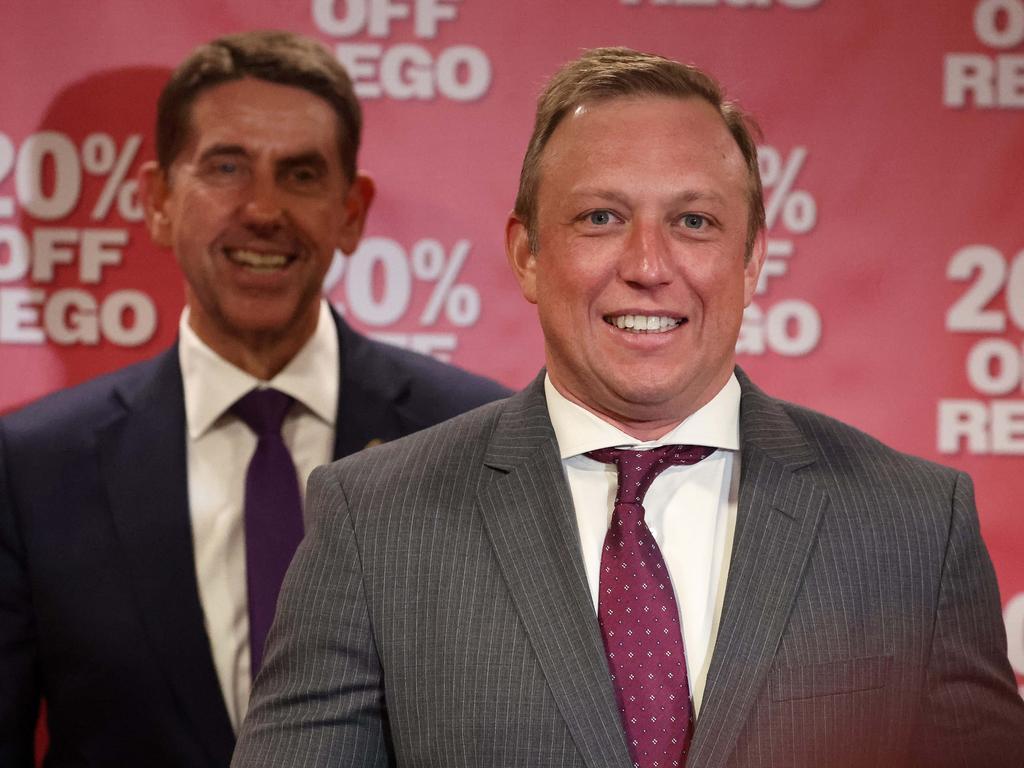
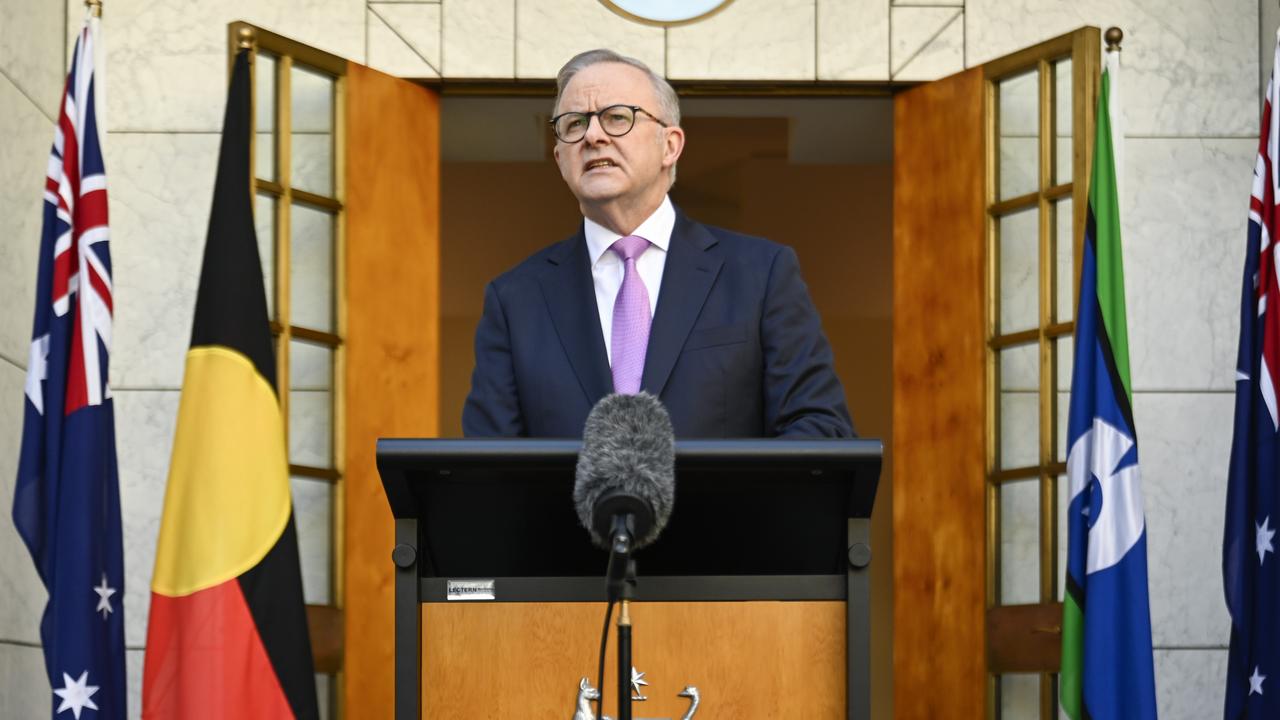
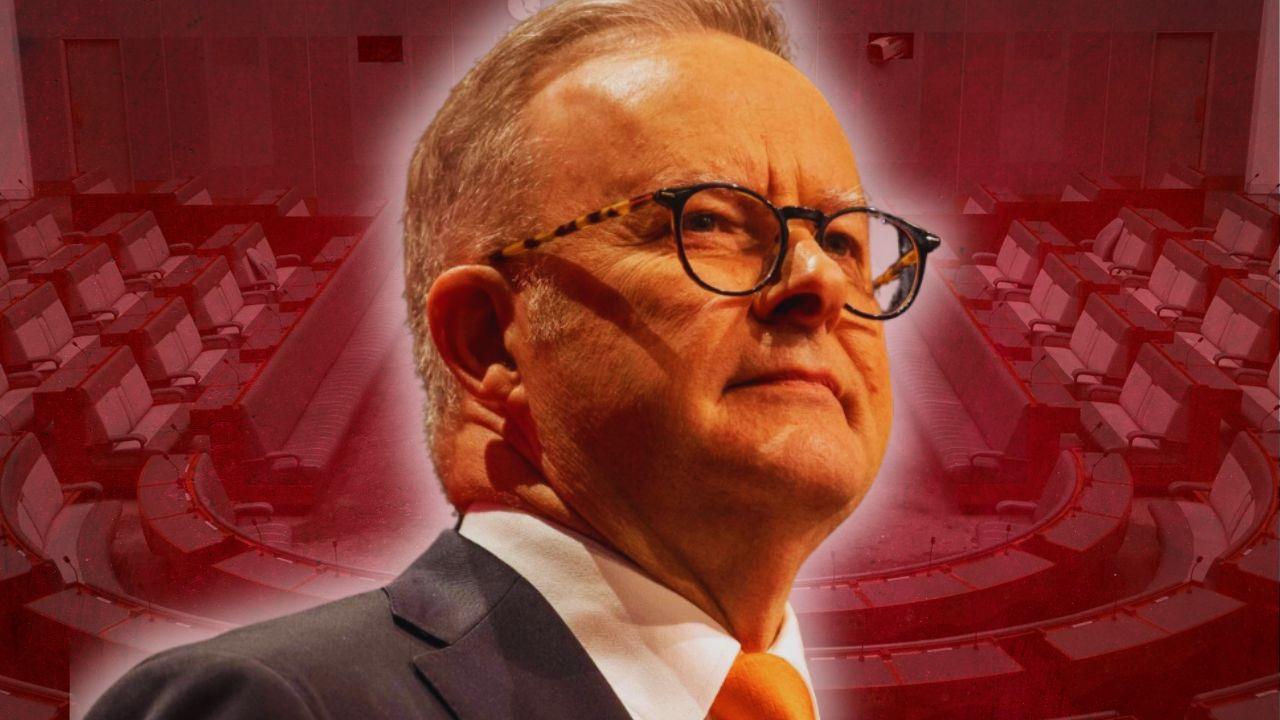
To join the conversation, please log in. Don't have an account? Register
Join the conversation, you are commenting as Logout